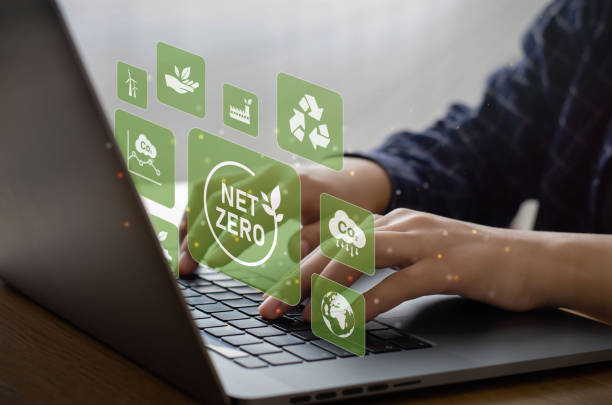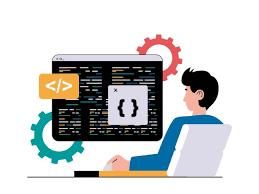.png)
.png)
Laravel eCommerce
Laravel eCommerce
Laravel is a popular PHP web application framework known for its elegant syntax, developer-friendly features, and robust ecosystem. When building an eCommerce platform using Laravel, you can leverage various Laravel packages and tools to streamline development. Below is a guide on how to approach Laravel eCommerce development:
1. Installation and Setup
Install Laravel: Use Composer to create a new Laravel project.
bashCopy code
composer create-project --prefer-dist laravel/laravel your-project-name
Database Configuration: Configure your database settings in the .env file.
2. Use Laravel Packages for eCommerce
Leverage Laravel packages specifically designed for eCommerce solutions. Some popular ones include:
Bagisto: An open-source Laravel eCommerce package with a modular and extensible codebase.
- GitHub Repository: Bagisto
Aimeos: A Laravel package for creating online stores with a flexible and extensible structure.
- GitHub Repository: Aimeos
3. User Authentication and Authorization
- Utilize Laravel's built-in authentication system for user registration and login.
- Implement authorization to control user access to different parts of the application.
4. Product Management
- Use Laravel's Eloquent ORM for modeling products and categories.
- Implement CRUD operations for managing products and categories.
5. Shopping Cart and Checkout
- Develop a shopping cart system to manage user-selected products.
- Implement a secure checkout process, including address collection, order summary, and payment integration.
6. Payment Gateway Integration
- Choose a payment gateway (Stripe, PayPal, Braintree) and integrate it into your Laravel eCommerce application.
- Ensure secure handling of payment information using Laravel's encryption features.
7. Order Management
- Create a system for managing and tracking customer orders.
- Implement order status updates, such as processing, shipped, and delivered.
8. Frontend Development
- Use Laravel's Blade templating engine for creating dynamic views.
- Implement a responsive and user-friendly design for product listings, shopping cart, and checkout pages.
9. Security Considerations
- Sanitize user inputs to prevent SQL injection and cross-site scripting (XSS) attacks.
- Use Laravel's built-in security features, such as CSRF protection.
10. Performance Optimization
- Optimize database queries using Laravel's Eloquent features and indexing.
- Implement caching mechanisms to improve application performance.
11. Testing
- Write PHPUnit tests to ensure the reliability and functionality of your Laravel eCommerce application.
- Perform both unit testing and integration testing.
12. Deployment
- Choose a hosting provider (such as AWS, DigitalOcean, or Heroku) and deploy your Laravel eCommerce application.
- Configure production settings, including caching and error handling.
13. Documentation
- Create comprehensive documentation for developers and users, covering installation, configuration, and usage instructions.
14. Maintenance and Updates
- Regularly update dependencies and Laravel itself to benefit from security patches and new features.
- Monitor and address issues reported by users.
15. Scalability
- Design your application with scalability in mind to accommodate future growth in users and products.
By following these steps, you can develop a robust Laravel eCommerce application. Be sure to refer to Laravel's official documentation and community resources for detailed information on Laravel features and best practices.




